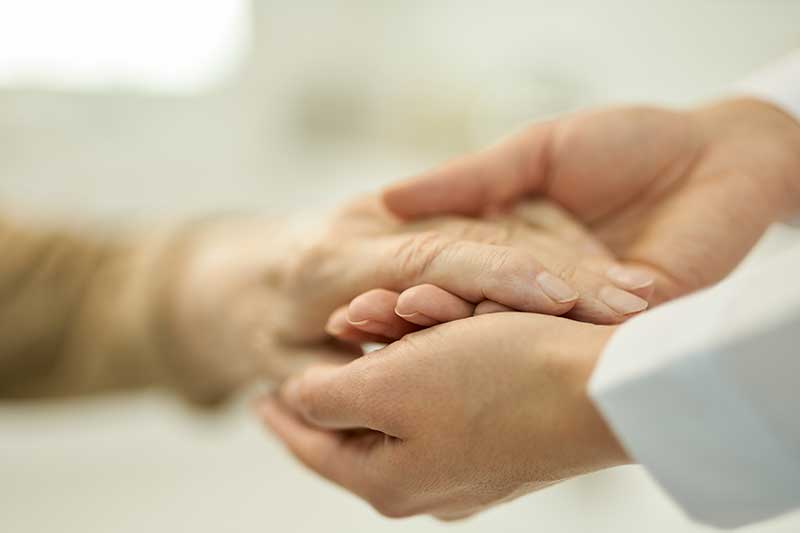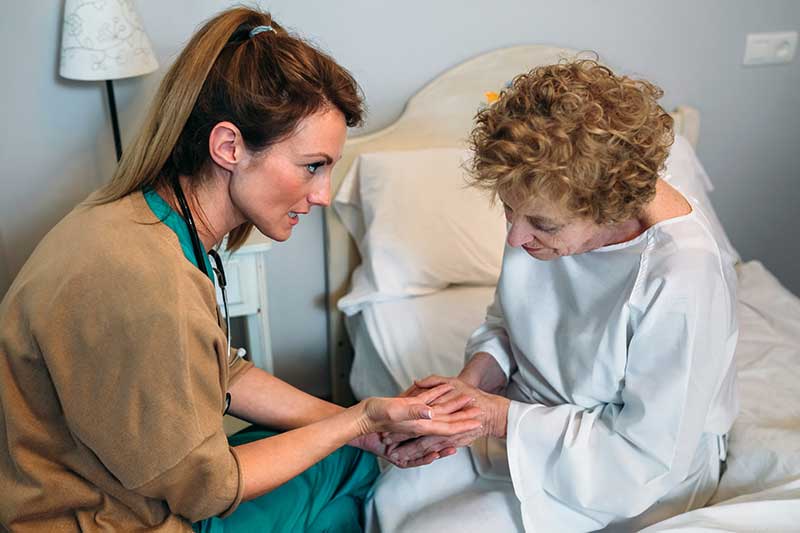Hospice care, which has traditionally relied on in-person contacts and paper-based systems, is undergoing revolution. Recent technological advancements have dramatically improved how care is given, making it more efficient and patient-centered. This blog delves into some of the important technologies being implemented in hospice care, such as telemedicine, digital health records, and other new solutions that are increasing patients’ quality of life in their final days.
Telemedicine: A New Frontier for Hospice Care
Telemedicine has evolved as a key component in the growth of hospice care. This technology allows healthcare experts to conduct real-time medical consultations via video conferencing, which is especially useful for patients who are immobile or live in remote places. It guarantees that timely and appropriate medical advice is given when in-person consultations are not feasible, eliminating unnecessary hospital visits and stress for patients and their families.
Telemedicine offers patients the convenience of receiving care at home
- Cost-effectiveness: Reduces transportation and operational costs.
- rapid Support: Healthcare providers can provide rapid counsel and emotional support, making crises more manageable.
- Digital Health Records: Streamlined Care Coordination
Another notable technological advancement in hospice care is the transition from paper to electronic health records (EHRs). Digital records ensure that patient information is readily available to all members of the care team, regardless of their location. This accessibility improves care coordination and enables faster, more informed decision-making.
Advantages of Digital Health Records
- Enhanced coordination: Patient information is seamlessly shared among caregivers.
- Accuracy and Safety: Lowers the likelihood of drug errors.
- Data Security: Advanced encryption technologies ensure that patient information is secure and private.
Wearable Technology Monitors Health Metrics
Wearable technology is also gaining popularity in hospice care. Smartwatches can monitor vital signs such as heart rate and sleep patterns, giving continuous health measurements that are crucial for effective symptom management. This ongoing monitoring aids in anticipating and managing any health issues before they escalate, maintaining patients’ comfort and dignity.
The Impact of Wearable Technology
- Proactive Care Management: Allows caregivers to respond swiftly to changes in their patient’s condition.
- Patient Empowerment: Patients and relatives can track their health indicators, allowing them to feel more in charge of their situation.
- Detailed insights: Continuous data collecting provides deeper insights into a patient’s health, allowing for more personalized care strategies.
Smart Homes and AI: The Future of Hospice Care
Looking ahead, the use of smart home technologies and artificial intelligence (AI) into hospice care is promising. Smart homes with AI-powered technologies may automate mundane tasks, modify environmental settings for maximum comfort, and even offer interactive communication capabilities to battle loneliness and isolation.
The Promise of AI and Smart Homes
Automated Comfort Management: Artificial intelligence can adjust lighting, temperature, and even noise levels to keep patients comfortable.
AI can provide friendship and basic support via conversational interfaces.
Predictive Analytics: AI systems use data to forecast and manage impending health emergencies.
Technological advancements are transforming hospice care, making it more compassionate, efficient, and sensitive to the requirements of terminally ill patients. While technology will never replace human caregivers’ compassion and understanding, it may considerably improve care quality, ensuring that patients spend their final days in dignity and with as little discomfort as possible. As technology advances, the future of hospice care appears both exciting and profoundly transformational.













